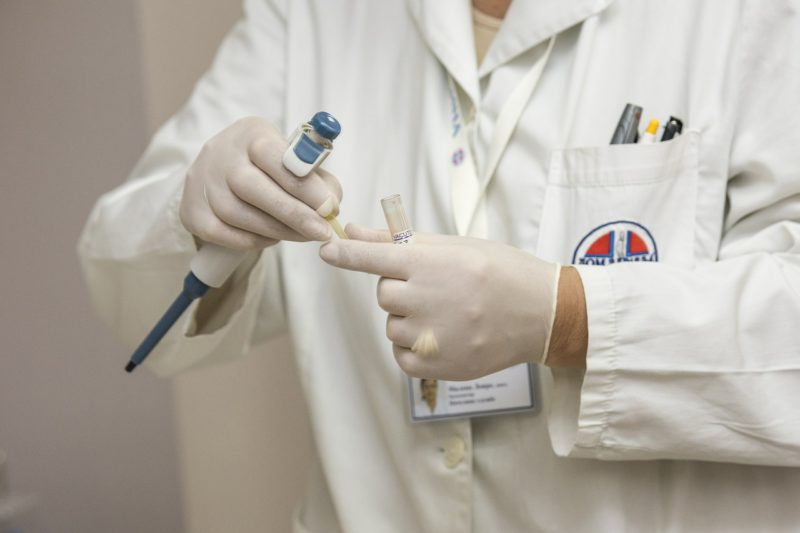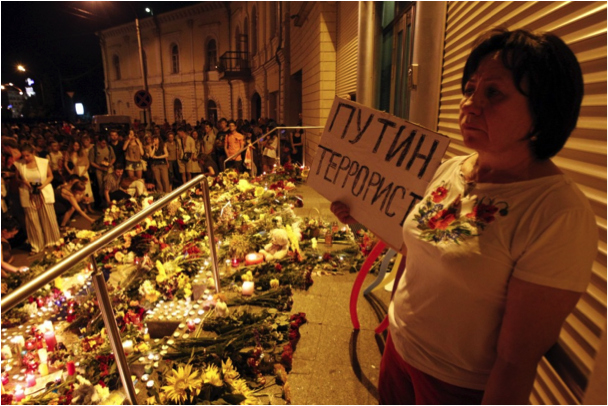The 2015 Gap Report by UNAIDS began with a section full of promise, titled: “Beginning of the end of the AIDS epidemic.” The data presented by the Gap Report is likewise rosy and encouraging. The rate of new HIV infections has dropped by half in more than 20 nations in the last three years. Acquired immune deficiency syndrome, or AIDS, was the leading cause of death for individuals living with HIV. The Gap Report mentioned that the number of deaths related to AIDS have decreased by more than a third since 2005. In addition, the Report also noted the continued reduction in new cases of HIV-infections, in both adults and children. No doubt, these numbers are an extraordinary accomplishment, one which saw the outpouring of collective effort from countless medical professionals, research personnel, diplomatic and logistic staff on a transnational scale.
Despite the milestone achievement in the combat against HIV/AIDS, the pandemic continues to be a threat to collective health security. The link between HIV/AIDS and global security has been documented as early as 2000, illustrated by the UN Security Council Resolution 1308. Resolution 1308 recognized HIV/AIDS can destabilize collective security by posing as a threat to military personnel during peacekeeping missions, and is especially problematic during forced displacement, and in other humanitarian crises. Additionally, the UN has recognized the ability of HIV/AIDS to undermine the social stability of an affected nation. The high death toll of working adults leads to orphaned children and is also devastating to economic development, and can result in as much as a 2% decrease in GDP.
The destabilizing effect of HIV/AIDS to security during humanitarian crises and large scale conflicts was further recognized by the UN Security Council Resolution 1983 in 2011. Similar to Resolution 1308, Resolution 1983 stressed the potential socio-economic damage of HIV/AIDS in heavily-affected nations. Resolution 1983 also noted in particular the devastation brought about by HIV/AIDS to women and children.
In addition to the socio-economic devastation and complications during large-scale conflict caused by HIV/AIDS, the pandemic also severely destabilizes health security in other ways. Many of these challenges have been described in the 2015 Gap Report. As many as 35 million people have been infected by HIV as of 2013. Access to the life-saving therapy of combination antiretrovirals by persons living with HIV continue to be a significant challenge; more than 50% of the people living with HIV do not have access to combination antiretroviral therapy, or cART. As is noted by a 2015 Lancet article, inaccessibility to healthcare is a substantial challenge individual health security, which collectively form global health security. The high number of individuals without adequate means to treatment poses a significant threat to global health security.
One population which may continue to be of concern over long term are the children who have been affected by HIV. While the use of combination antiretroviral therapy has had tremendous success in preventing the transmission of HIV from expectant mothers to their children, infants who have been exposed to antiretroviral therapy during pregnancy have been found to have higher chances of adverse birth outcomes. A recent study published in Clinical & Experimental Immunology highlights the differences of well-being observed in children prenatally exposed to antiretroviral therapy and HIV infection compared to those who have not. The study found increased infant mortality, by as much as twofold, in children exposed to HIV and antiretroviral therapy during pregnancy. In addition, prenatally exposed infants were more susceptible to infections. Thirdly, as the widespread use of antiretroviral therapy is a relatively recent event, its long-term effect on children who have been exposed to it during pregnancy is currently unknown. As the effort to make antiretroviral therapy more readily available to persons living with HIV, especially expectant mothers, so becomes the importance of increased support for their children.
The United Nations have long recognized HIV/AIDS as a threat to global security, and have made commendable effort with impressive results in the fight to curtail the HIV/AIDS pandemic. However, much work is needed in order to consistently lower new number of HIV infections, improve the accessibility to adequate treatment, and to provide medical support for children who have been prenatally affected by HIV and its therapies.
Photo by DarkoStojanovic via pixabay. Licensed under CC0 Creative Commons.
Disclaimer: Any views or opinions expressed in articles are solely those of the authors
and do not necessarily represent the views of the NATO Association of Canada.




